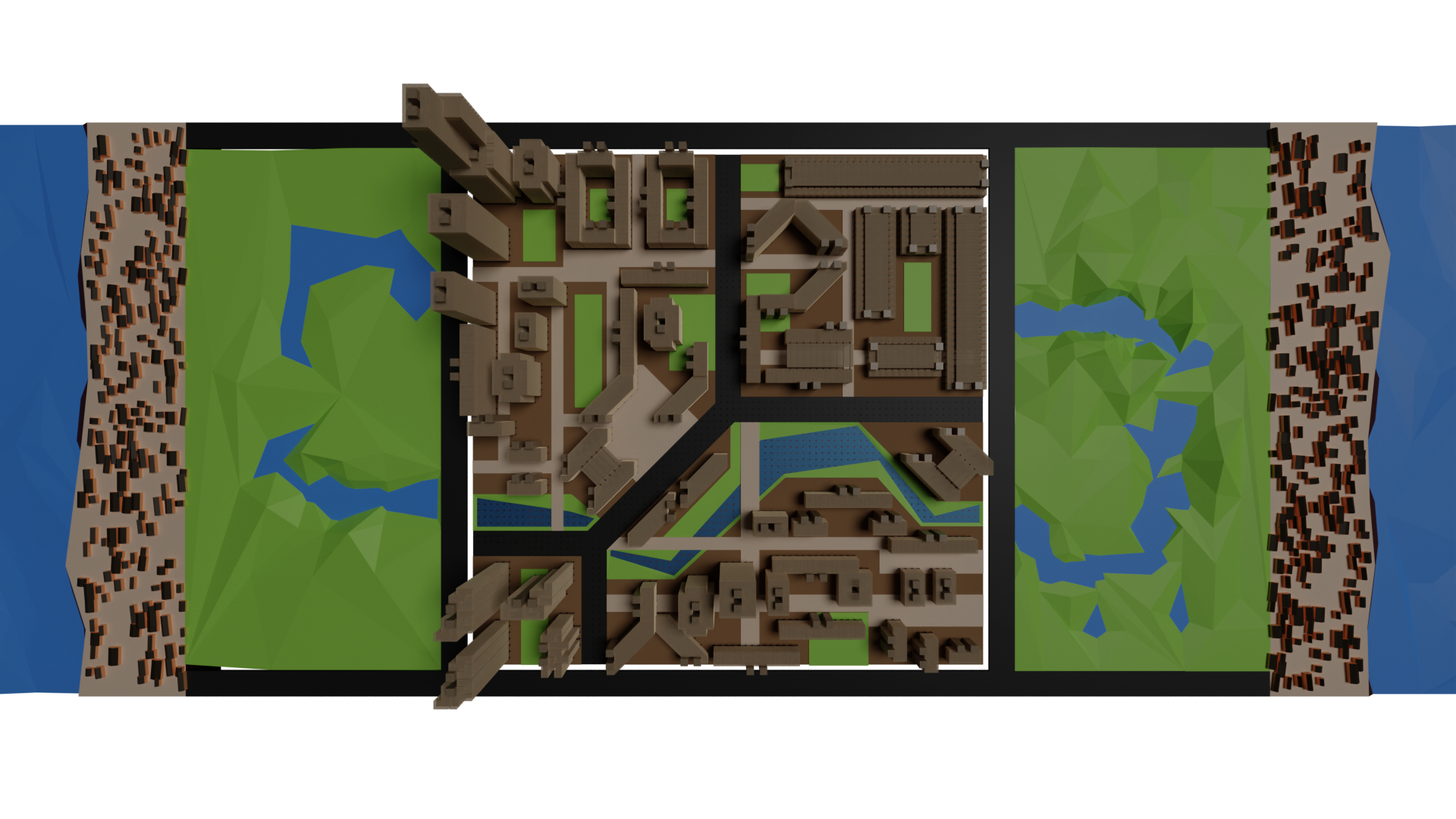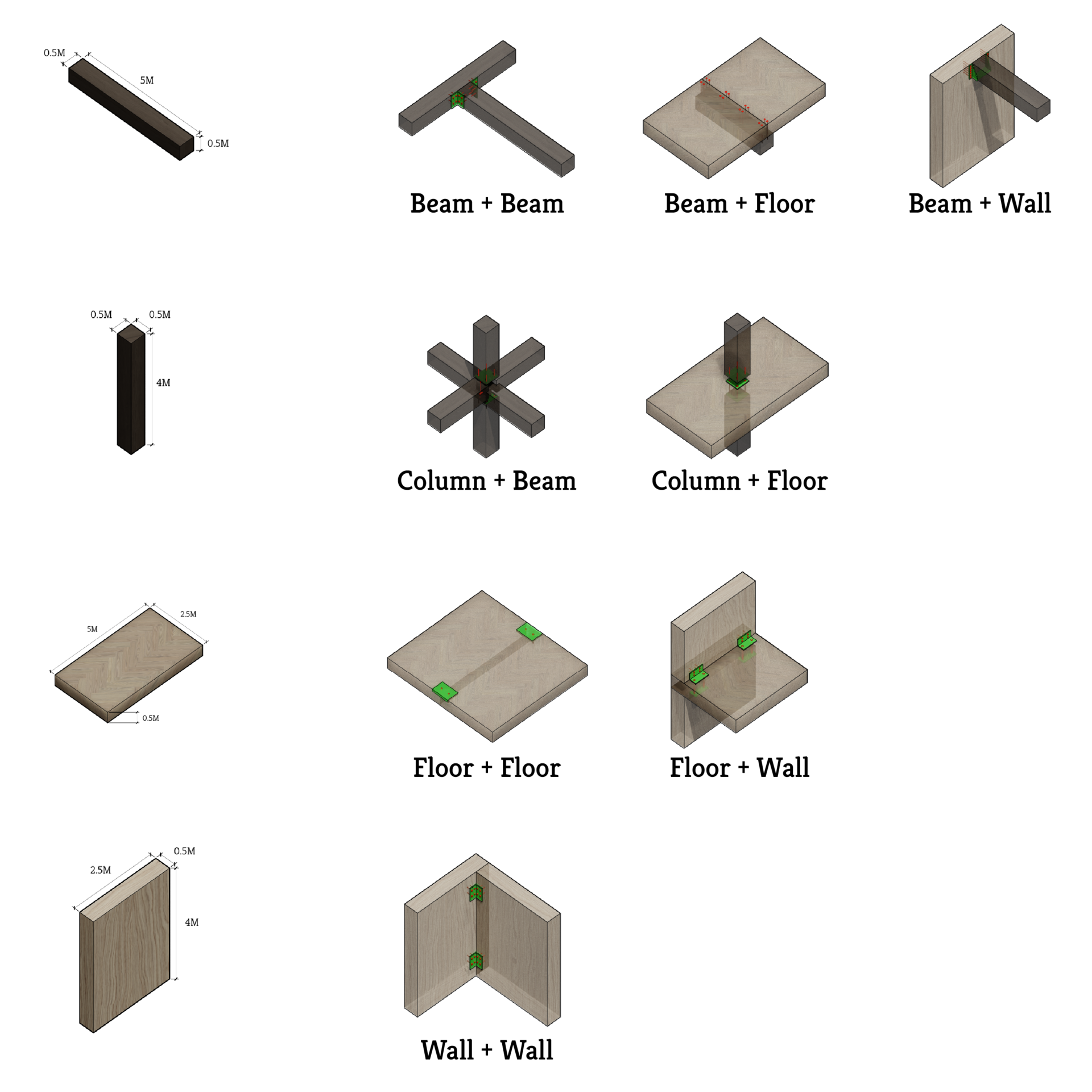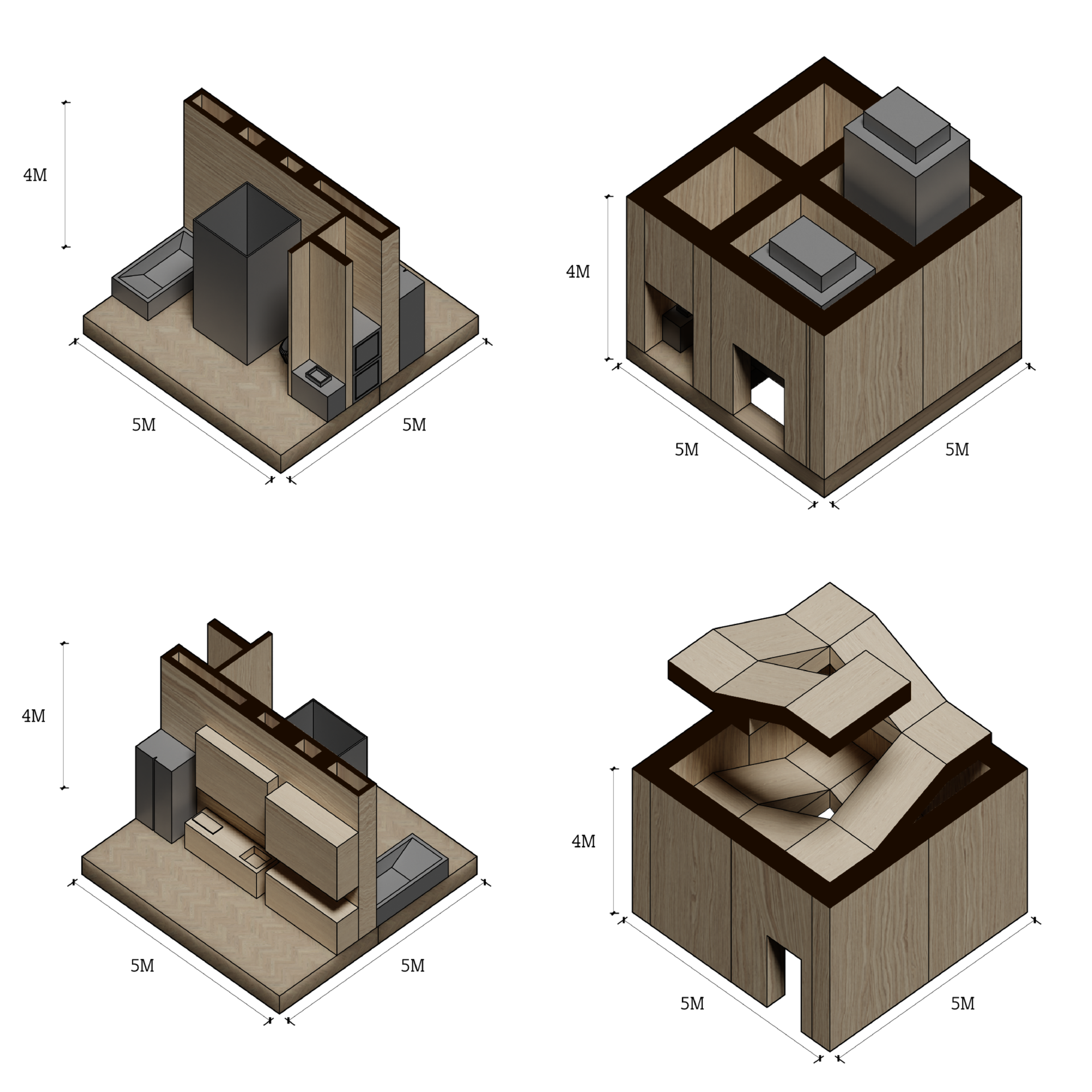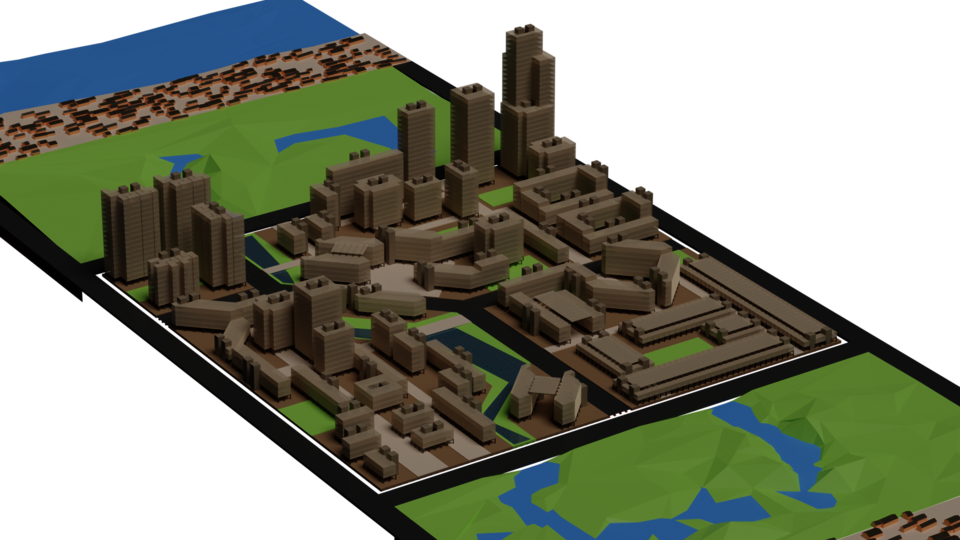Zhenhong (Brad) Lei
Immortal, Ephemeral
Imagine 150-year-old building components coming together to form a summertime fruit market. The building is ephemeral, but the parts are here to stay, as well as the building/unbuilding cycle. The immortal ephemerality paradigm embraces the precarious lifespans of buildings and urban environments, alongside the infinite craving for new buildings and urban renewals.
Image

visit www.brad-lei.com for full description
Image

the immortal components
digital
1920px * 1080px
2022
The immortal ephemerality paradigm embraces the precarious lifespans of buildings and urban environments, alongside the infinite craving for new buildings and urban renewals. The paradigm manifests: Level 1: Immortal components Level 2: Ephemeral buildings made with immortal parts. Level 3: Versatile ground comprised of ephemeral buildings. Ridiculing the dichotomy of built and unbuilt, any urban area in this paradigm can be painlessly returned to nature. Hence it builds not for long-lasting buildings, but for the agility of planning with smaller carbon footprints.
Image

immortal components 1
digital
1400px * 1400px
2022
Repurposable building components eliminate deconstruction waste because they last longer than their hosting building. These reusable components are immortal, including: 1. structural members made with CLT/Glulam, 2. spatial modules, and 3. equipment. They are prefabricated and assembled using metal joineries. Those parts are categorized, prepared, and ready for subsequent use when the building comes down. 1. structural members made with CLT/Glulam The beams and columns are made of glue-laminated wood(glulam) for its dimensional stability and both its bending and compression capacity. The walls and floors are made of cross-laminated timber(CLT). The material provides two-way span, lateral bracing, and 2-hour fire rate. Wall assemblies are also standardized components for the ease of construction and recycling. It is made of CLT, glass panels, straw bale insulations, and weather barriers.
Image

immortal components 2
digital
2160px * 2160px
2022
2. Space module products The bathrooms and kitchen are two archetypical prefabricated modules. They are installed like a structural components during the construction. Because of their connective nature, Stacked like circulation cores for better connection alignment, these spatial modules uninstall as single entities. Modules are then transported to factories for recycling and downcycling, reducing the amount of trash produced upon demolition. 3. Equipment In the spirit of maximal reusability, mechanical equipment such as HVAC is localized to each floor. With minimal interconnection with structural elements, the equipment can be easily taken out and repurposed.
ephemeral building 1
digital
1920px * 1080px
2022
A single building’s existence is ephemeral. As building components come and go, each iteration of structural configuration makes a new building. The infinite cyclical pattern of building and unbuilding reiterates architectures to accommodate changing scenarios. Buildings are designed with a deconstruction SOP, which is not a simple reversion of its construction process but careful coordination of structural design and spatial layout: Tall building deconstruction SOP, Flat building deconstruction SOP. In these exemplary deconstruction SOPs, the cores of the building articulate an atrium for the construction hoist to transport cranes to its rooftop. Starting from the top, the crane releases reusable components, such as floor panels and HVAC units, then transported to the ground by the hoist.
- Architecture
- Ceramics
- Design Engineering
- Digital + Media
- Furniture Design
- Global Arts and Cultures
- Glass
- Graphic Design
- Industrial Design
- Interior Architecture
- Jewelry + Metalsmithing
- Landscape Architecture
- Nature-Culture-Sustainability Studies
- Painting
- Photography
- Printmaking
- Sculpture
- TLAD
- Textiles


